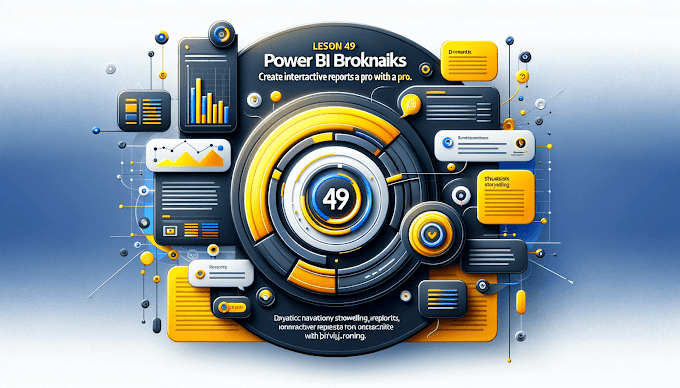Introduction
If you are building dashboards for clients, teams, or management, one thing is extremely important — controlling who sees what data.
That’s where Power BI’s Row-Level Security (RLS) comes in.
In this guide, you’ll learn:
- What RLS is
- How it works
- How to create roles
- How to assign rules
- Real-world business examples
- Mistakes to avoid in 2025
This is the most beginner-friendly and complete RLS tutorial you will find.
1. What Is Row-Level Security (RLS)?
RLS allows you to restrict data based on the user.
This means different users can see different data — even in the same dashboard.
Example:
- North India Manager → sees only North data
- South India Manager → sees only South data
- CEO → sees full data
Same report. Different data views.
2. How RLS Works in Power BI
RLS uses:
- Roles (groups of users)
- DAX filters (rules that limit data)
You create these rules inside Power BI Desktop → then assign users in Power BI Service.
3. How to Create RLS in Power BI (Step-by-Step)
Step 1: Open Power BI Desktop
Go to
Modeling → Manage Roles
Step 2: Click “Create”
Give a name to your role:
Example: North_Manager
Step 3: Select a Table and Apply Filter
Select the table → Apply DAX filter.
Example rule:
Show only North Region:
Another example:
Show only logged-in user’s email:
Step 4: Save the Role
4. Test RLS in Power BI Desktop
Go to:
Modeling → View As → Select Role
Now Power BI shows the report exactly as that role will see it.
This step is important to avoid mistakes.
5. Publish and Assign Users in Power BI Service
After publishing the report:
- Open Workspace
- Click Dataset
- Choose Security
- Select your Role
- Add users or groups
Now RLS is active for all users.
6. Real-World Examples of RLS
Example 1: Sales Territory Restriction
- North Manager → Sees North
- South Manager → Sees South
- East Manager → Sees East
Example 2: Employee-Level Data
Employees can see:
- Their own attendance
- Their own performance
- Their own salary (limited access)
Example 3: Client Dashboards
Each client only sees their own:
- Orders
- Revenue
- Performance
- Invoice details
Example 4: Multi-Branch Businesses
Each branch manager sees:
- Branch revenue
- Staff data
- Expenses
- Daily KPIs
7. Dynamic RLS (Most Powerful Method)
Dynamic RLS uses a mapping table.
Example Table:
| Region | |
|---|---|
| manager@company.com | North |
| user@company.com | West |
Apply rule:
Benefits:
No need to create multiple roles
Easy to manage
Automatically updates
8. Common RLS Mistakes to Avoid in 2025
❌ Applying filters on wrong columns
❌ Using bi-directional relationships
❌ Forgetting to mark the Date Table
❌ Not testing “View As Role”
❌ Using RLS with Many-to-Many without bridge table
❌ Putting RLS rule on Fact table instead of Dimension table
Fix these mistakes → Your RLS becomes rock solid.
9. When Not to Use RLS
Don’t use RLS when:
- Dataset is shared publicly
- Report is exported to Excel (RLS breaks)
- You want self-service reporting with full data visibility
Conclusion
Row-Level Security is a critical feature for organizations that need secure and personalized reporting.
With RLS, you can share one report with many users and each user sees only the data they are allowed to view.
Master RLS today because this is one of the most requested Power BI skills in 2025.

















